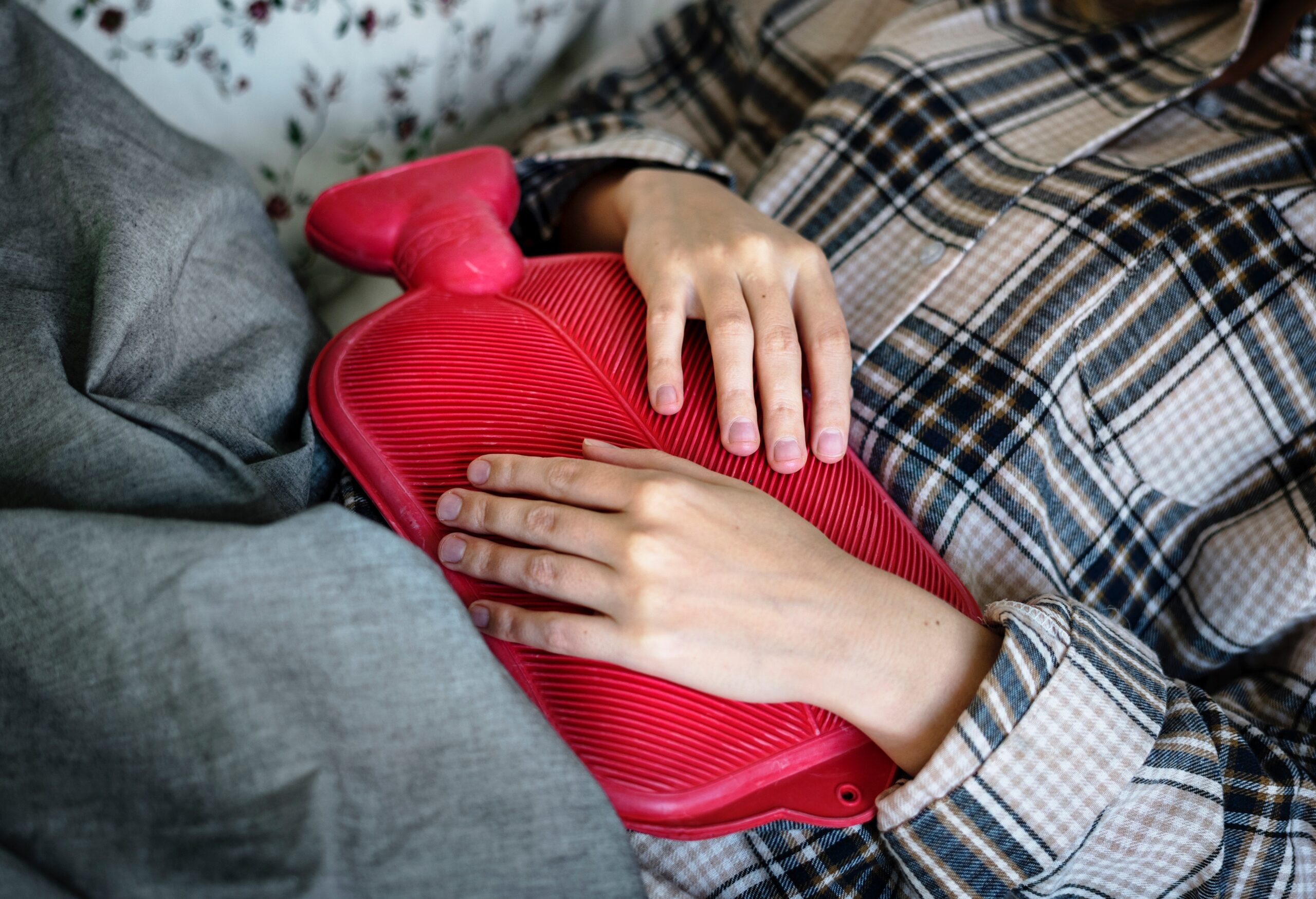When you imagine summer vacation do you think of A: Gin and tonic, B: Margarita, C: Ice cold craft brew, D: Frosé, E: All of the above. Whatever the answer, you might want to reconsider maintaining a personal open bar policy during your time off.
One in six Americans binge drinks four times a month (which the CDC defines as four units of alcohol in one sitting, five for men) and that number goes up during vacations and holidays. Despite what we know about the dangers of alcohol, including cancer and obesity risks, lowered productivity, brain damage, and increased accidents and violence, the glamor of booze consumption shows no sign of slowing down. In fact, Alcohol.org analyzed 1000 travel tagged Instagram posts and found that in some vacation destinations, as many as ten percent included an image of an alcoholic beverage.
A part of your body that takes an especially hard hit when it comes to one-too-many, is the liver. Think of this vital organ as the command central for processing what you eat and drink. It breaks down fats and converts them to energy and metabolizes carbohydrates to balance your blood sugar levels. Nutrients, medications, and toxins pass through the liver where they are processed, stored, redirected, or sent to the bowels or kidneys to be eliminated.
One such toxin is alcohol. Drinking hijacks your metabolism because the liver prioritizes breaking down booze and sending the byproducts into your bloodstream. This prevents the liver from metabolizing fat so it can build up to unhealthy levels inside the organ. The first sign of liver damage is called fatty liver disease and up to 90 percent of people who drink more than a couple of ounces of alcohol most days have it. The good news is the liver is resilient and fatty liver disease, in many cases, can be reversed in about six weeks through abstinence.
Over-imbibing also brings with it the very scary risk of acute alcoholic hepatitis, a sometimes deadly form of inflammation, which can occur after a single episode of binge drinking. According to the Liver Foundation, symptoms may include “fever, jaundice, nausea, vomiting, abdominal pain and tenderness.” Milder cases, which are potentially reversible, may progress over years relatively undetected, but in severe cases, there is about a 50 percent fatality rate within a month.
Long term heavy drinking can lead to scarring in the liver which can’t be treated. The initial tissue destruction is called fibrosis. When the scarring builds up and takes over most of the healthy tissue, it’s called cirrhosis. Between 10 and 20 percent of people who have been drinking to excess for more than 10 years develop this life-threatening disease. Between 1996 and 2016 the incidence of cirrhosis deaths each year increased by 65 percent according to the journal BMJ. Twenty-four to thirty-six-year-olds saw the biggest jump in mortality.
People with cirrhosis of the liver may experience confusion and behavioral changes, suffer from hypertension, have an enlarged spleen and a belly swollen with excess abdominal fluid. They may have jaundice and vomit blood because of esophageal bleeding. They can also get liver cancer or have the organ crap out all together. Not a pretty picture. Abstinence, medication, and nutrition therapy are the first lines of defense in treatment, but for advanced cases, the only cure is a transplant.
The insidious thing about liver disease is that it can be asymptomatic. In some cases, even with cirrhosis, only a panel of blood tests or a biopsy will reveal the extent of the damage. If you have been drinking excessively, it’s important to fess up to your doctor so they can recommend how much testing you might need to determine the condition of your liver.
What can you do to take care of your liver? First, don’t drink more than one ounce of alcohol a day (two for men). This equals one five ounce glass of wine, one twelve ounce beer, or one cocktail containing 1.5 ounces of distilled spirits. Remember, many wine glasses hold more than five ounces and one strong drink, like a martini, will put you over the limit. It’s easy to cheat.
Avoiding harmful substances is another key to a thriving liver. Some medications are tough on the organ, even over the counter drugs such as acetaminophen, so never take more than the recommended dosage. Certain supplements, such as kava and ephedra, have been shown to cause liver damage, as do some chemical cleaning products, and additives in cigarettes. Maintaining a healthy weight also helps the organ do its job. About one in four Americans suffer from fatty liver disease that is obesity-related and not caused by alcohol.
Facing that facts about alcohol and liver damage is a buzzkill (pun intended). But wouldn’t you rather learn how to coddle and protect his extremely important organ than unintentionally hurt it? As you head off into summer vacation, let’s end on a happy note: grab yourself a cold brew (the caffeinated kind not the alcoholic kind). Scientists don’t yet understand the exact mechanisms, but drinking coffee is associated with a lower risk of liver disease.










